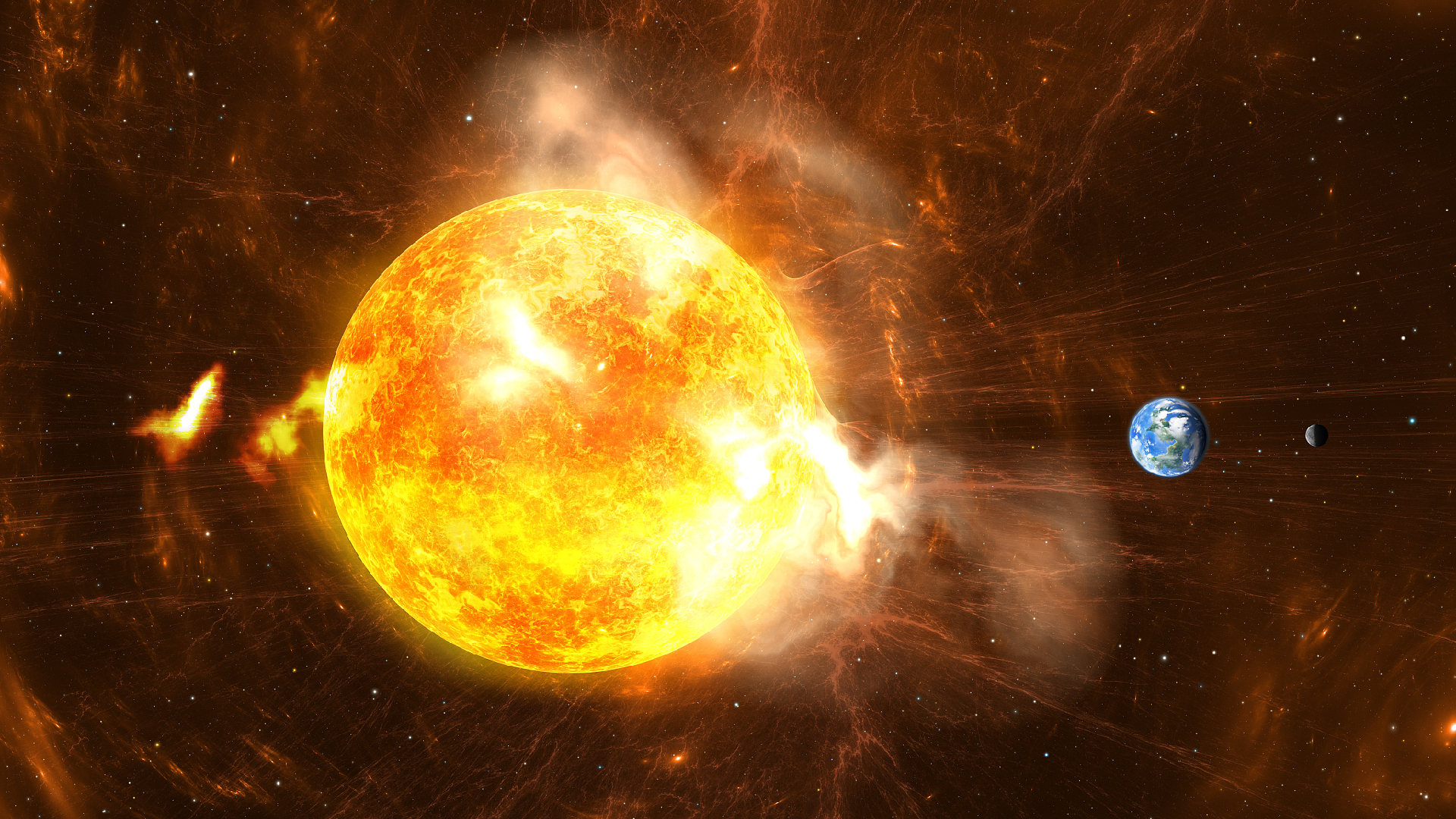'Severe' solar storm strikes Earth
On Monday, the Earth experienced a powerful solar storm, which may cause the northern lights to appear in areas further south than usual, according to a U.S. agency.

Conditions indicating a level-four geomagnetic storm were recorded from 3 p.m. on Monday by a specialized center at the National Oceanic and Atmospheric Administration (NOAA).
These conditions may last for several hours, though NOAA stated they are not expected to intensify.
"A severe geomagnetic storm includes the potential for aurora to be seen faintly as far south as Alabama and Northern California," NOAA noted.
This solar storm resulted from coronal mass ejections, which are explosive bursts of particles emitted by the sun. When these particles reach Earth, they can disturb its magnetic field.
"There are a lot of auroras now ... If it lasts until nightfall here, we might be able to see some," said Eric Lagadec, an astrophysicist at the Cote d'Azur Observatory in France, on X.
On Sunday, NASA astronaut Matthew Dominick shared a stunning image of the aurora borealis from the International Space Station, where he is currently positioned.
However, solar or geomagnetic storms can also lead to negative consequences.
For instance, they have the potential to disrupt high-frequency communications, affect satellites, and overload electrical grids. NOAA stated that operators of sensitive infrastructure have been alerted to implement measures to mitigate these impacts.
In May, the planet experienced the most powerful geomagnetic storms in two decades, which resulted in auroras illuminating the night sky across the United States, Europe, and Australia at much lower latitudes than normal.
This increase in such events is linked to the sun approaching its peak activity in its 11-year cycle.
Ian Smith contributed to this report for TROIB News
Discover more Science and Technology news updates in TROIB Sci-Tech












